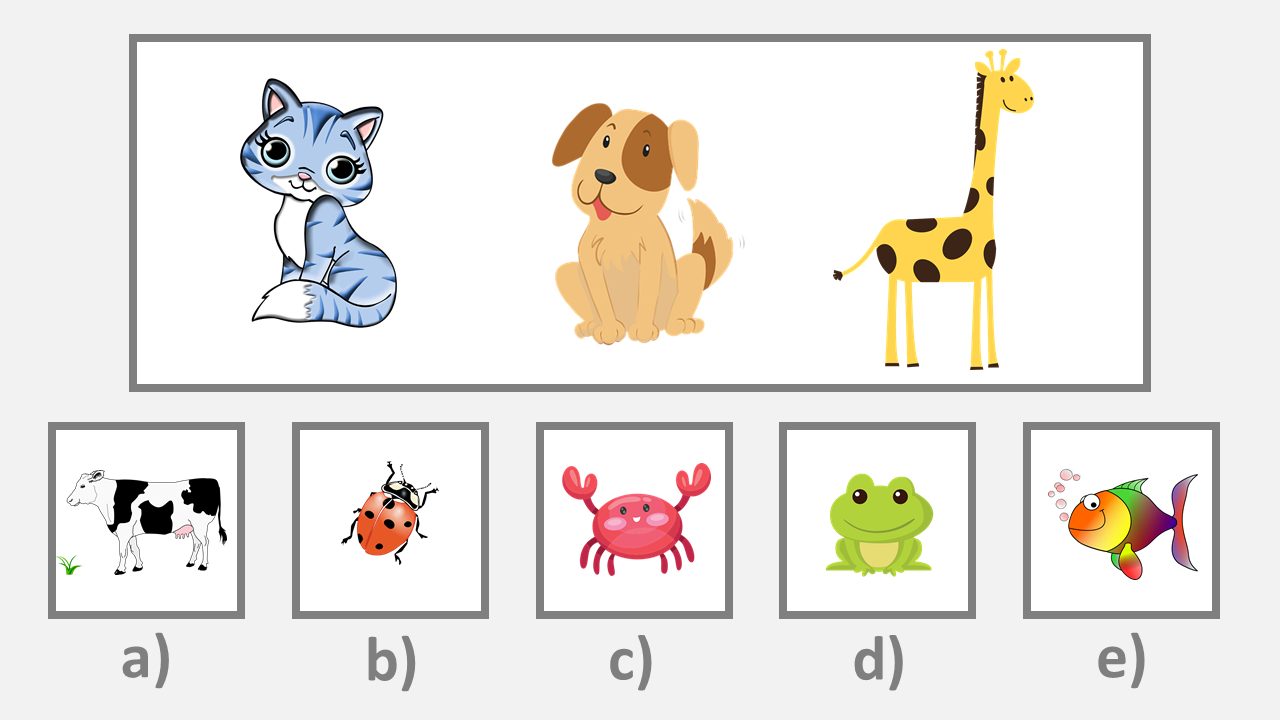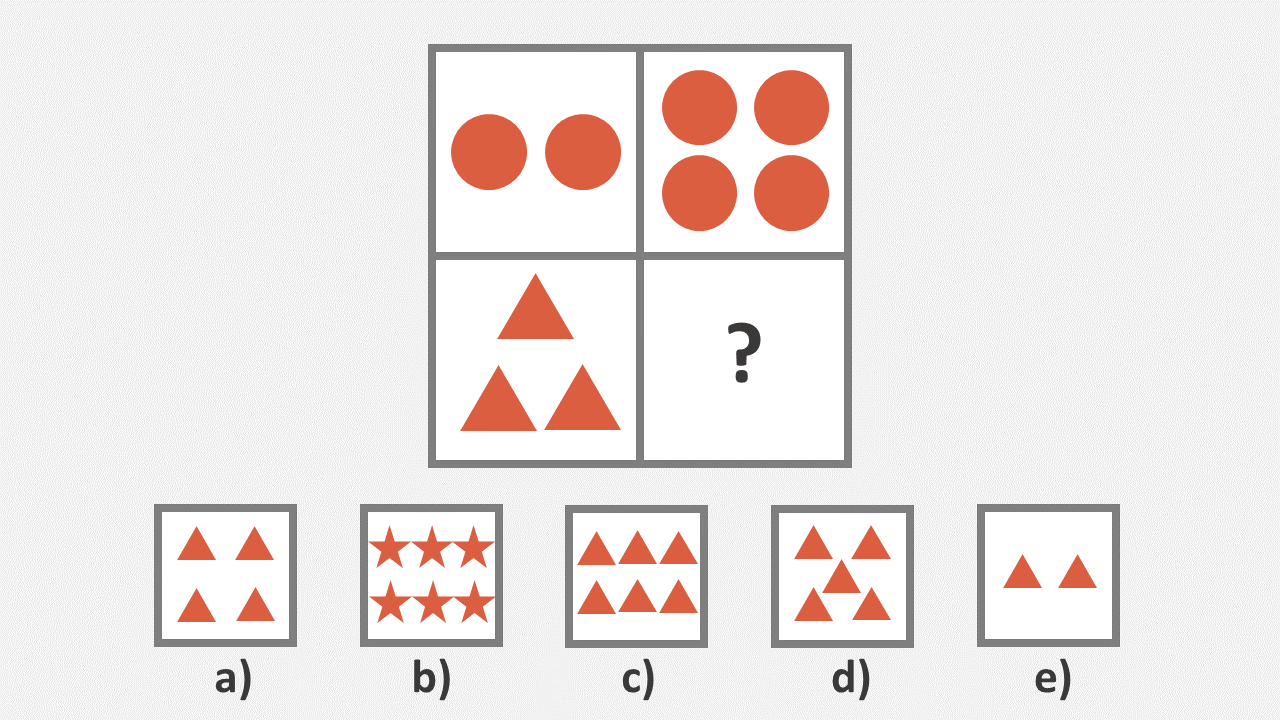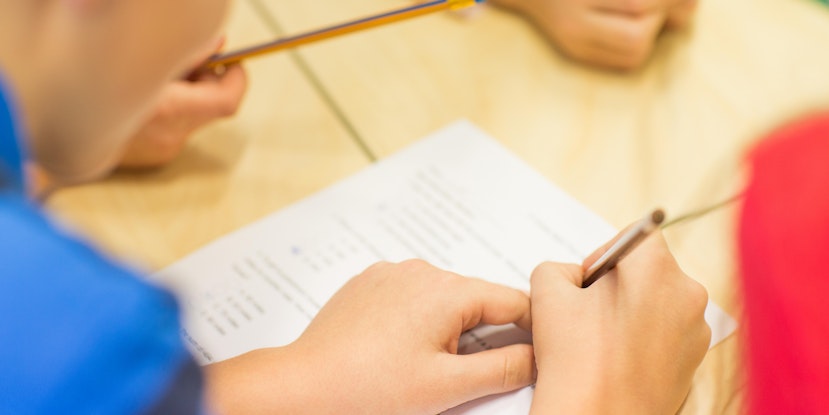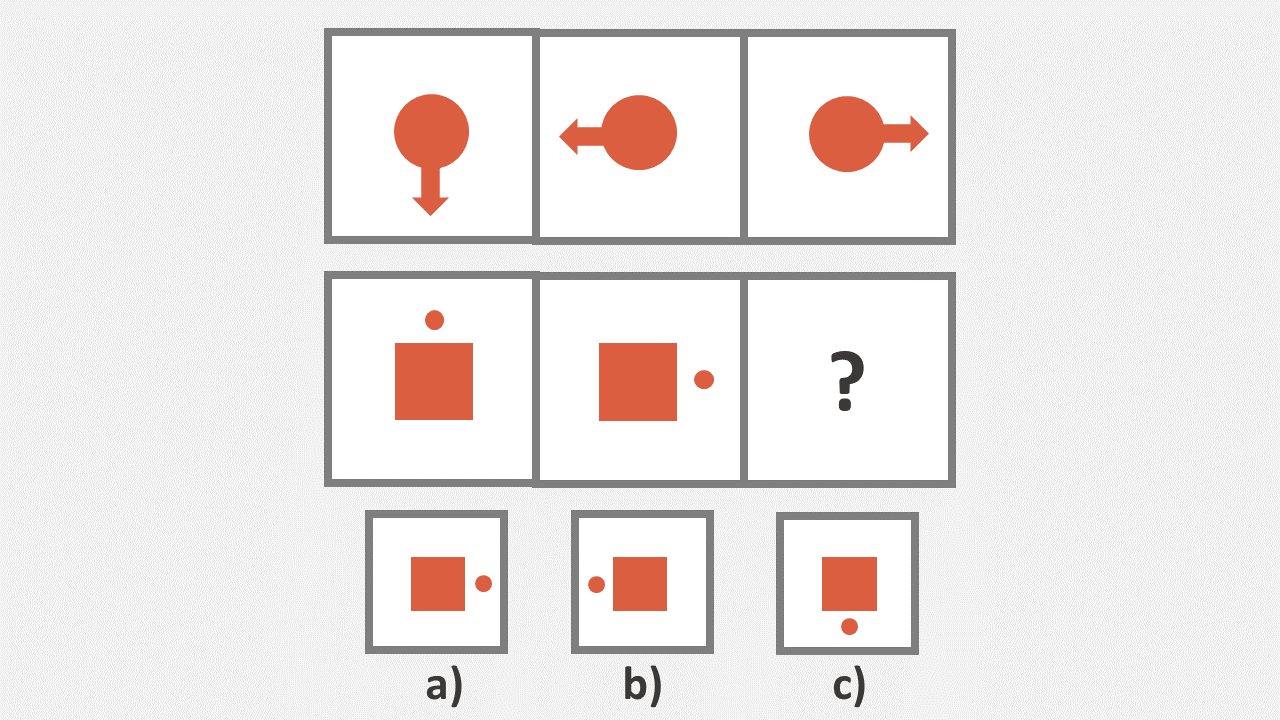The CCAT Test Grade 2 (2025 Guide)
Updated November 20, 2023
The Canadian Cognitive Abilities Test (CCAT) is commonly used for admissions to programs for gifted and talented children in Canada, ranging from kindergarten age up to grade 12.
CCAT is the Canadian version of CogAT (Cognitive Abilities Test), which is used similarly in the US.
CCAT tests three main areas of learning:
- Verbal
- Non-verbal
- Quantitative
CCAT is a lengthy test, and your child will generally sit the three papers on separate occasions.
The entire CCAT takes around 90 minutes to complete, with a time limit for each paper varying between 30 and 45 minutes. The test is administered by your child’s teacher and will be taken in a group setting.
CCAT is suitable for children who are not native English speakers because the test places less focus on the verbal aspect than on the non-verbal and quantitative areas.
What differentiates CCAT from other school tests is that it does not test the school curriculum and what the child has learnt in a particular school subject, but instead evaluates skills that apply across school subjects.
Due to the similarity between CCAT and its US equivalent, there is a level of crossover between the CCAT and the CogAT, meaning that revision materials for either may be helpful to prepare for the grade 2 CCAT.
What Does the Grade 2 CCAT Contain? With Sample Questions
Most grade 2 children in Canada who take the CCAT will face the level 8 paper, which includes up to 154 questions in total.
The teacher may read out the test questions or the child may be provided with a test booklet. Whichever option is used, the child will fill out their answers with a pencil and paper.
Prepare for CCAT Test Grade 2 with Test Prep Online
CCAT Grade 2 Verbal
This section tests your child’s use of language in problem solving and understanding the world around them. For a grade 2 child, the test will include the following types of question:
-
Picture analogies – Your child will be presented with two pictures that have a particular relationship. They will be asked to pair a third picture with a fourth to create that same relationship.
-
Sentence completion – Your child will be asked to choose the missing word that will successfully complete the sentence.
-
Picture classification – The question provides three pictures that are alike. The child must choose a fourth picture that is like the three.
CCAT Grade 2 Sample Questions
CCAT Grade 2 Sentence completion question:
Helen ate her /______ during recess.
a) ribbon
b) dress
c) lesson
d) lunch
e) photograph
Which picture matches these three?

If you want 12-month access to all the practice resources for this test, our partner TestPrep-Online.com offers a Family Membership.
Family Membership gives you access to all the TestPrep-Online resources for the next 12 months. You will also get two separate accounts, which can be very helpful if you have two children preparing for their tests.
Get a Family Membership with 12-month access
CCAT Grade 2 Quantitative
This section assesses your child’s ability to use math and numbers to solve problems and reach conclusions.
Questions in this section include:
-
Number analogies – Similar to the picture analogy question in the verbal section, this question provides a 2 x 2 grid. The pictures in the first two boxes have a mathematical relationship. The child must choose the picture which has the same relationship to the picture in the third box.
-
Number series – The child is presented with a series of numbers, generally in the form of beads on an abacus. They must decide what the next number is in the series.
-
Number puzzles – A math puzzle will be presented in the form of pictures.
CCAT Grade 2 Sample Questions
CCAT Grade 2 Number analogy:

1 – 4 – 7 – 10 – 13 – ?
a) 14
b) 15
c) 17
d) 16
e) 18

CCAT Grade 2 Non-Verbal
Through the use of diagrams and pictures, the non-verbal section tests how well your child can problem solve without the use of language. Questions in this section of the grade 2 CCAT include:
-
Figure matrix – This type of question provides a series of shapes that progress or are alike. The child is asked to decide which of the options provided is the next step in the series or to pair a sole shape or picture with one of the options to replicate the same relationship as the initial pair.
-
Paper folding – The child is asked to look at a drawing of a piece of paper that is folded and may also be pierced, then understand how that same piece of paper will look when unfolded.
-
Figure classification – This question provides three shapes that are alike. Your child must choose which of the answer options is like the three.
CCAT Grade 2 Sample Question
CCAT Grade 2 Figure Matrix:

How Is the CCAT Grade 2 Marked?
When your child’s CCAT is marked, they will be awarded a score for each section of the test, plus a composite score. They are based on the amount of correct answers to build a raw score report.
Your child’s composite score reflects their overall learning ability and grasp of the curriculum. All four scores are compared to the average for their grade and the average for their age group, resulting in eight percentile scores:
- Verbal percentile score for their grade
- Verbal percentile score for their age group
- Quantitative percentile score for their grade
- Quantitative percentile score for their age group
- Non-verbal percentile score for their grade
- Non-verbal percentile score for their age group
- Composite percentile score for their grade
- Composite percentile score for their age group
Alongside each percentile score, your child will be awarded a stanine score which represents the band they fall into. These bands are:
- 1 – Very low
- 2 to 3 – Below average
- 4 to 6 – Average
- 7 to 8 – Above average
- 9 – Very high
A score in the top 20% is considered a good score, although it is technically impossible for a child to fail the test if they take the CCAT papers and complete the questions.
How to Pass the Grade 2 CCAT in 2025
At such a young age, most children are not old enough to undertake a strict program of formal study, but there are still plenty of ways that you can work with your child to ensure that they perform well on the day of the test.
Step 1. Use Practice Tests
Build your child’s confidence in taking the test by using CCAT practice tests. These will help them to become familiar with the type of questions they will face on the day and the whole experience of taking such a lengthy test.
The CCAT practice questions are perfect test preparation. There are many free CCAT tests available.
Some of these resources will be free, while others will come at a cost. Your child’s school may also provide practice papers if you ask them.
Practice 2nd grade CCAT papers and sample questions can be sourced from the following provider:
Step 2. Identify Their Weak Areas
You may already know which learning areas your child excels at or has problems with. If you do not know, then the practice papers will prove helpful in demonstrating exactly the subject areas and types of questions that your child struggles with.
Work with your child on all three sections of the test, but give them extra help with their weaker areas.
Understanding where to start practicing will help your child prepare for test day and improve their percentile rank.
Step 3. Work With Their Teacher
Why not ask your child’s teacher if they have any concerns about your child’s learning in the run up to the CCAT? Ask if they would like you to work with your child on particular areas of their learning, such as their verbal understanding or their mathematical problem solving.
Find out when the tests will take place and – with the teacher’s guidance – develop a home schedule for learning.
Maintaining a conversation with your child’s teacher will provide you with a better picture of your child’s progress than relying on what you see at home and read in end of year school reports.
Step 4. Build an Understanding of the Test Yourself
It may prove difficult to support your child’s preparation for the CCAT if you do not understand what the test includes. Your child’s teacher will be able to provide you with information on the test, but practice papers will give you a good grounding in the type of questions your child will face too.
Supporting your child in their studies can provide an excellent opportunity to brush up on your own skills, whether that is problem solving or math puzzles.
Step 5. Find the Fun in Learning
Making your child sit down to study at home after a full day at school is likely to result in a disruptive child who finds it difficult to concentrate and resents you.
At such a young age, your child is much more likely to respond well if you can find the fun in the learning process.
Use practice papers on a weekend when your child is less likely to be tired after a day at school.
During the week, find ways for your child to learn that seem less like lessons and more like play:
- Read books together, whether that means you reading to them or them reading to you.
- Get them to help you write your weekly shopping list. You can write while they shout out things, or the vice versa. Let them add a treat for themselves.
- Cook together. Let them read the recipe out. Ask them to measure ingredients or divide up the mixture into portions. They can set the timer too.
When it comes to actual study periods, keep them short to help your child maintain their focus and enthusiasm. This will help them to absorb information more easily and avoid developing a negative attitude towards education.
Lastly, try not to pressure your children into studying. Find the best times of the day to engage them in the learning process and remember the value of rewards like TV time or an extra story at bedtime.
Step 6. Make Sure Your Child is Healthy
At this age, your child is doing a lot of growing as well as learning. Make sure you help their development by feeding them a balanced, nutritional diet that caters for their physical needs. That means plenty of vegetables and fruit.
Brains at any age need to stay hydrated, but especially so when those brains are changing so rapidly. Make sure your child drinks lots of water instead of squash, soda drinks or fruit juice.
Exercise also has its part to play in keeping your child healthy. That might not necessarily mean sports, but getting out to run around and play is essential. You could even make it into a family affair by going out to run around with them.
Prepare for CCAT Test Grade 2 with Test Prep Online
Final Thoughts
The grade 2 CCAT may look simple to an adult, but for a young child, it can be an intimidating prospect.
Help your child prepare for the test not only through arranging practice papers and short study sessions, but also by transforming learning into a fun experience that your child will look forward to.





